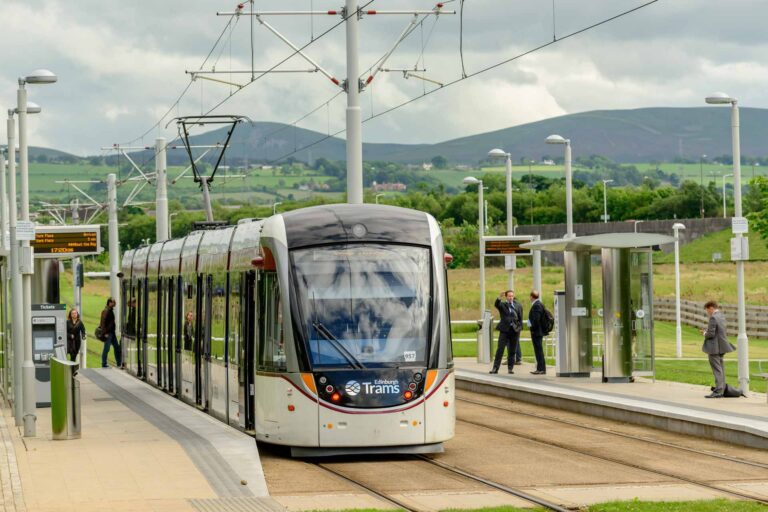Transport innovation
Legal expertise driving innovation across the transport sector, helping clients harness cleaner, smarter, technology and data-assisted innovations to deliver a more sustainable future for transport.
This website will offer limited functionality in this browser. We only support the recent versions of major browsers like Chrome, Firefox, Safari, and Edge.
Legal expertise driving innovation across the transport sector, helping clients harness cleaner, smarter, technology and data-assisted innovations to deliver a more sustainable future for transport.

We are a uniquely broad spectrum of transport-focused legal specialists, bringing leading legal expertise in disciplines required for innovation projects, including commercial law, energy, infrastructure, financing and funding, data, technology, IP and disputes. Clients value our one-firm, multi-disciplinary approach that reflects the interconnected nature of their innovative projects.
The team advises clients throughout the entire lifecycle of innovation projects from inception, partnering agreements, financing and funding, IP protection, regulatory compliance, piloting, deployments and commercialisation.
Our clients include those introducing innovation and technology into existing transport modes and systems and also entirely new emerging transport modes such as Very Light Rail (VLR), automated vehicles, drones, and e-scooters. Our team is recognised for our leadership in regulatory reform, grounded in real-world testing and shaping of standards in particular on connected and automated vehicles where we have acted on research projects, sit on industry advisory and standards groups, supported development of new legislation and co-founded the All-Party Parliamentary Group for Self-Driving Vehicles.
Advising on electric vehicles, alternative fuel vehicles, and the development of associated infrastructure.
Supporting the development and management of sustainable transport infrastructure across multiple sectors including electric charging infrastructure and energy systems.
Advising on the introduction of innovative new types of rail systems within existing regulation including project and partnering agreements.
Legal and regulatory expertise in autonomous vehicle testing, deployment, and shaping standards.
Ensuring compliance with data protection laws and cyber security standards for connected and autonomous systems.
Legal advice on flexible and personalised transport solutions, focusing on regulatory frameworks and operational support.
Legal guidance on implementing secure, innovative payment systems and ticketing technologies in the transport sector.
Support with the development and use of real-time data systems, ensuring compliance with privacy and security laws.
Advising on the legal aspects of new transport technologies, including e-scooters and drones, from regulation to deployment.